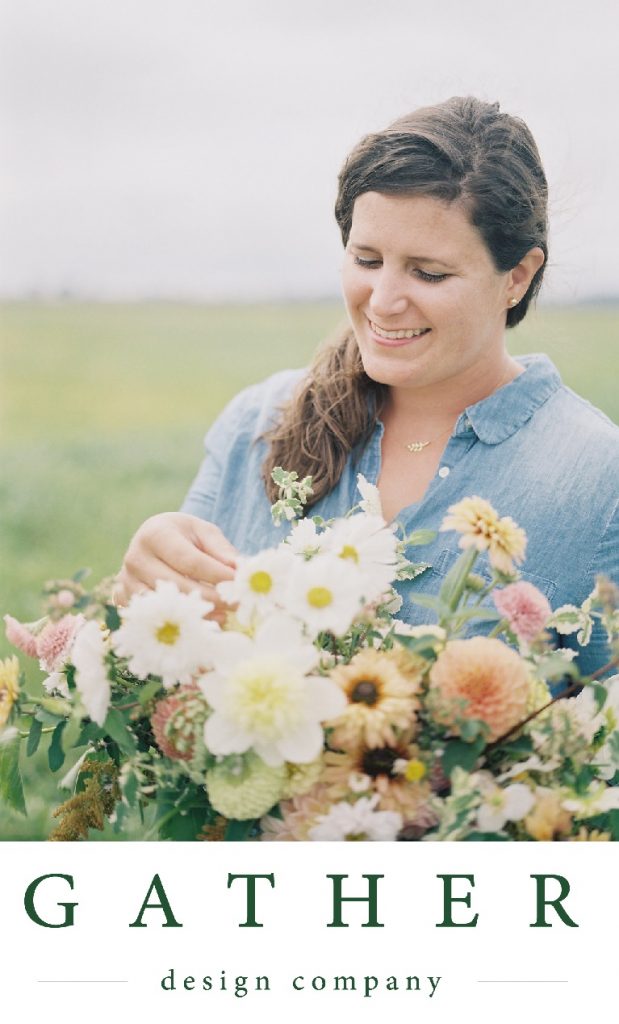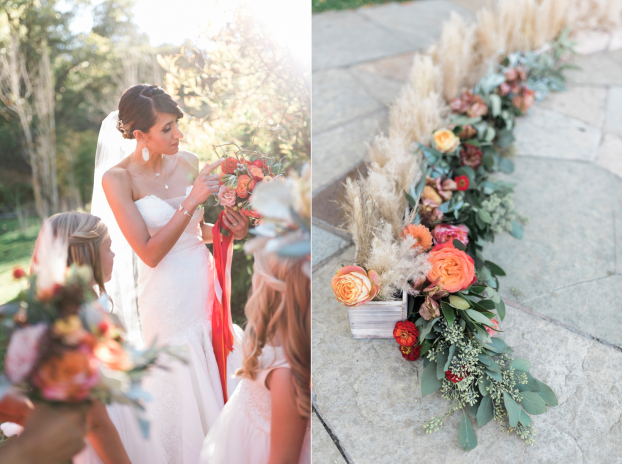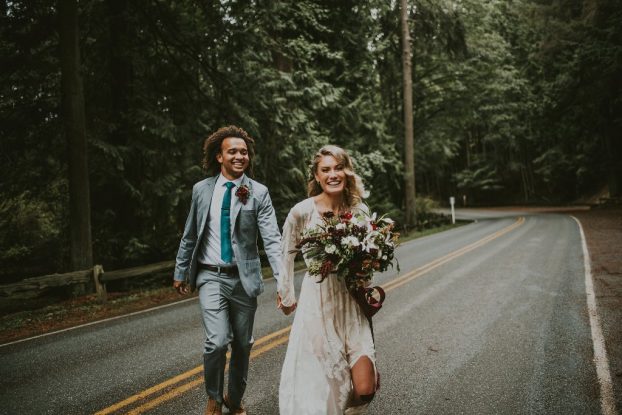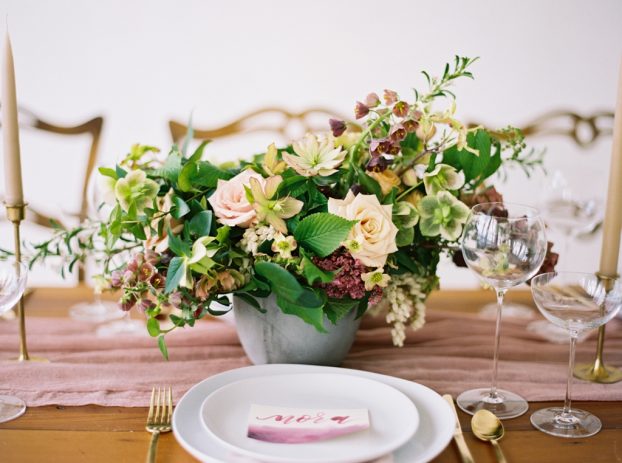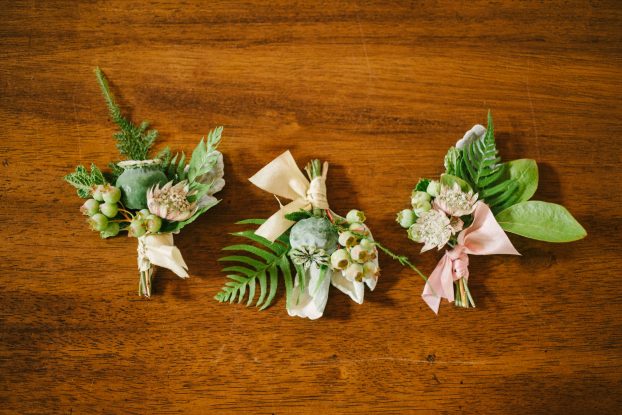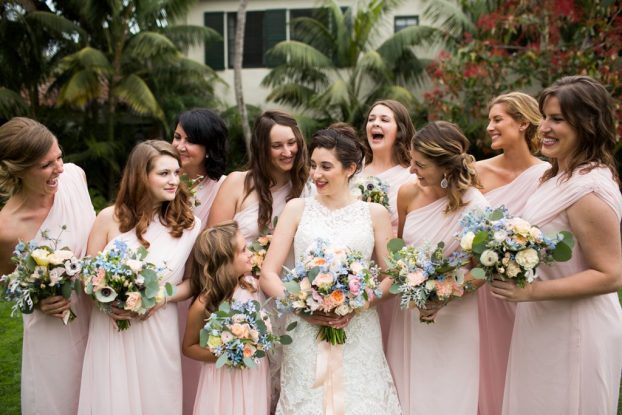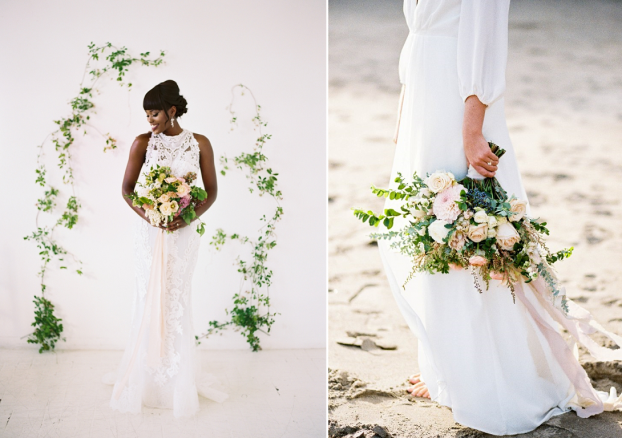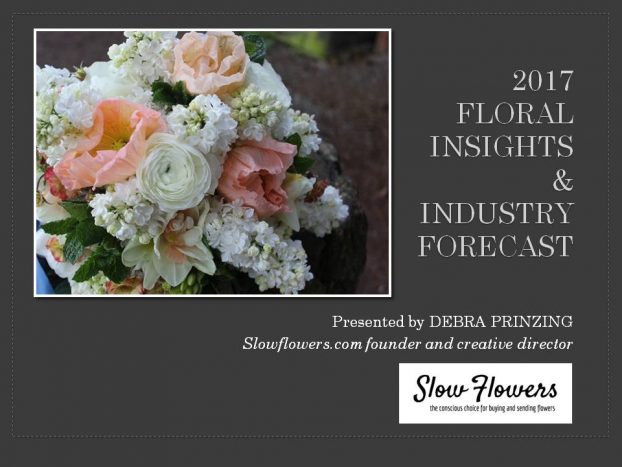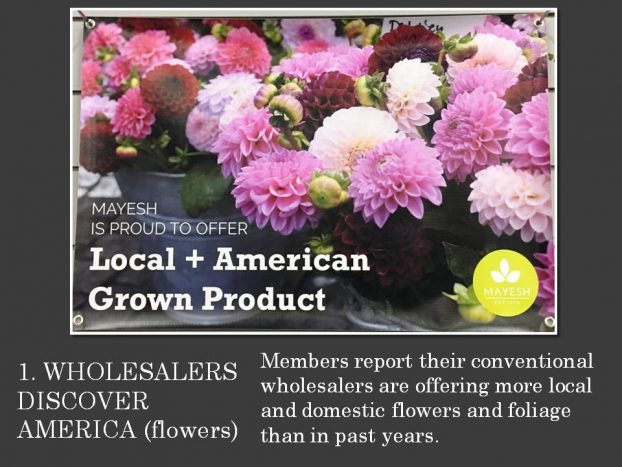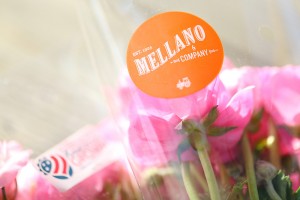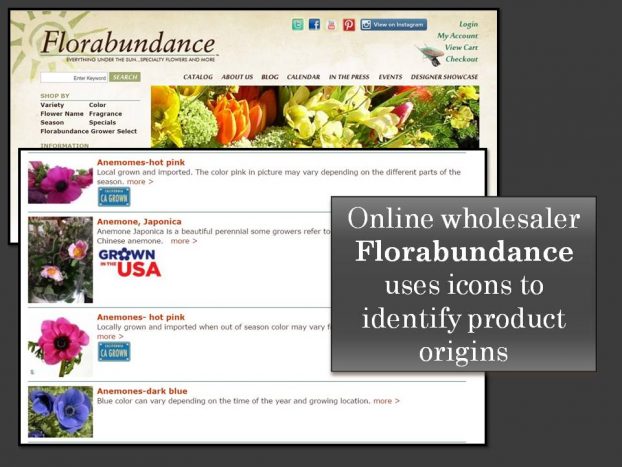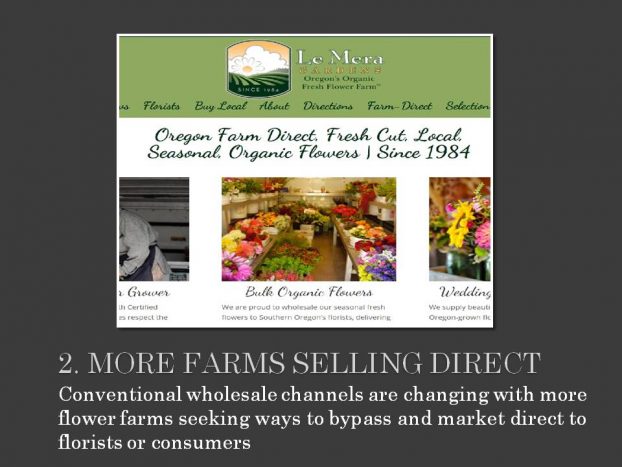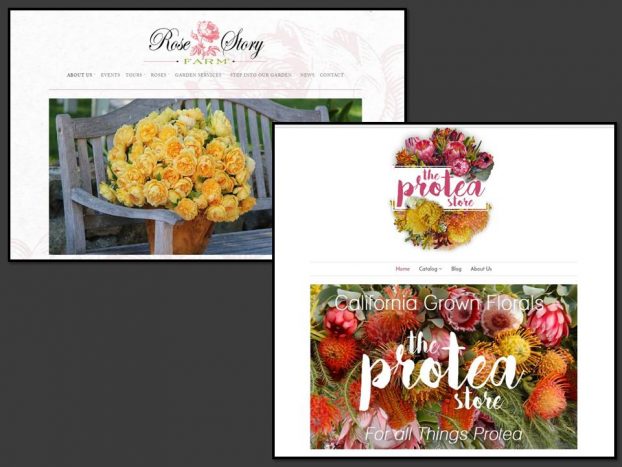Podcast: Play in new window | Download
Subscribe: Apple Podcasts | Podcast Index | RSS | More
I’m so pleased to introduce Amy Kunkel-Patterson of Seattle-based Gather Design Co. as this week’s Slow Flowers Podcast guest.
Before our main interview, I want to quickly share a conversation I recorded earlier this week with Alicia Schwede of the Flirty Fleurs Blog.
Like me, Alicia is a fellow marketing committee member at Seattle Wholesale Growers Market. We also collaborate with Longfield Gardens on education and promotion of gardening with the bulbs and flowers in their catalog. I was so impressed with the Flirty Fleurs tulip collection that Alicia “curated” for Longfield last year and I asked her about her process.
Be sure to check out images of Longfield’s spring-flowering bulbs, including Alicia’s collection — I’ve posted links at today’s show notes. Longfield has just opened up the online ordering for spring-flowering bulbs. Of course, that seems a little counterintuitive because you’ll be planting them in the fall, right? But some of the hottest varieties will go quickly, so it’s smart to shop now. Note: Longfield’s Tulip Shop will “open” in mid-April.

Alicia Schwede grew and designed with this alluring medly of red-and-white tulips (and companions like bleeding heart). The tulips are part of the Flirty Fleurs collection from Longfield Gardens.
Amy and I met in January 2016 when she participated in a master class with Lisa Waud of pot & box and Flower House Detroit. Lisa was hosted by the Seattle Wholesale Growers Market to teach a large-format installation course and I spent the day interviewing the participants and photographing the process. You can read about that workshop here and listen to the interviews.
Amy impressed me for many reasons, including her enthusiasm for collaboration and her story– she told me she was working full-time as a practicing attorney. And by coincidence, she was at a law firm I knew quite well, having been quite involved as the spouse of a law partner at that firm years ago.
We continued our conversation last summer when Amy volunteered to work with Alicia Schwede to produce her annual “dahlia wall” at SWGMC. Amy jumped in to help her produce it. I was there to film a time-lapse video of the installation and so, we had hours and hours to chat while working.
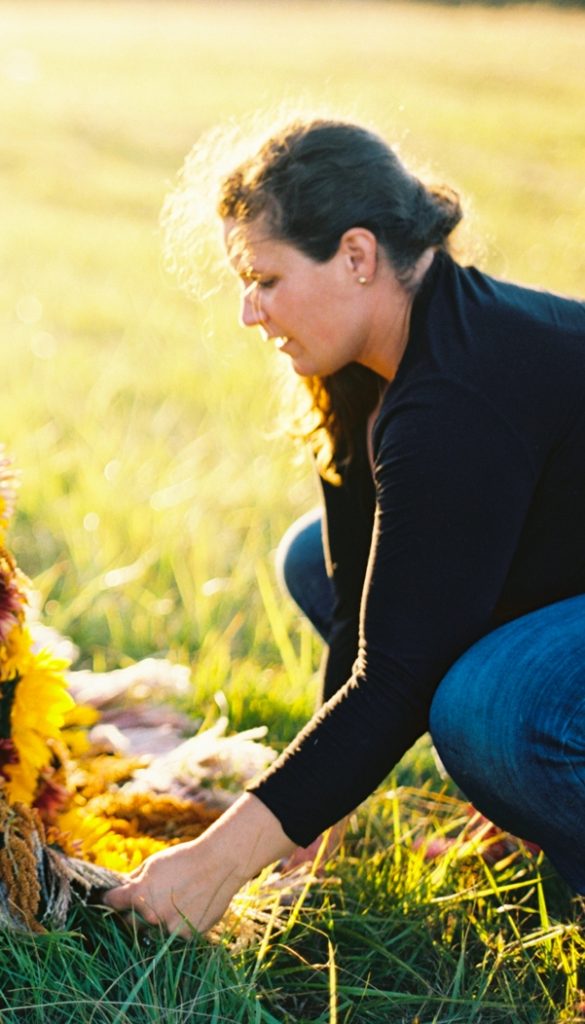
Sneak Peek: I took liberties of cropping just a detail of Anna Peters’ beautiful photograph of Amy Kunkel-Patterson at work on her Americana-themed sunflower gown.
I had just finished up American Flowers Week 2016 and was already scheming what I hoped to achieve for American Flowers Week 2017.
I mentioned wanting to produce several floral-inspired fashion shoots with iconic American flowers like sunflowers, roses, peonies, dahlias and other flowers. Amy spontaneously said: “I’ll make one for you!”
That simple response led to what turned out to be the most amazing design — a high-fashion gown created with a host of flowers supplied by Seattle Wholesale Growers Market.
Amy created something truly beautiful for American Flowers Week 2017 and it has been so hard for all of us involved to sit tight and keep the photography under wraps until we kick off the American Flowers Week campaign.
So you’ll hear us talk about this project a bit — and I promise you will be blown away when we begin to unveil the images, and floral fashions I’ve commissioned from other teams around the country — leading up to June 28 to July 4th.
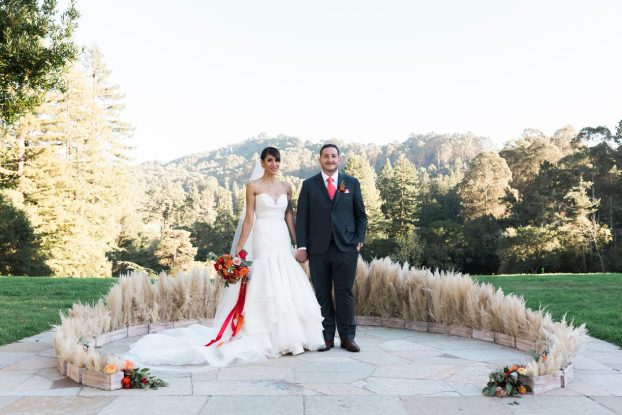
Here’s the Berkeley wedding we discussed, in which Amy used pampas grass to create a ceremony circle. All photos, courtesy Gather Design Co.
So, let’s meet Amy. Here is her introduction from the Gather Design Co. web site:
I’m Amy; welcome. My love for flowers runs deep and true. I grew up ‘helping’ in my mom’s, grandfather’s and great-grandfather’s gardens, learning how to grow flowers, and more importantly, how to pick and arrange them.
This is where the name Gather comes from – I’ve always been good at what my family broadly terms “hunting and gathering.” I was the kid who couldn’t ever pull myself out of the blackberry patch where I wanted to pick just one more berry, or away from the beach where I spent hours collecting the tiniest, wave-polished pebbles which I called jewels.
On a trip through Europe, I managed to gather upwards of 40 pounds of rocks, each special in my mind, from beaches my husband and I walked.
I take the same tireless care in gathering vintage vases for my collection and seeking out the most luscious seasonal blooms for my clients.
Gathering also sparked the event design side of Gather, as I love to start with an idea – color, texture, an heirloom treasure – and spin it into an entire experience, gathering context and detail along the way.
I believe in letting flowers shine as they do in nature. I let each stem dance and delight in their own loveliness, highlighted and supported by every other bit of foliage and flowers in an arrangement. My designs are at once unique and timeless, romantic and whimsical, pensive and wild. I strive to learn about and befriend each of my couples, noting the blooms that bring them joy and the colors that inspire them, so that their flowers embody the essence of who they are.
I purchase from local farmers whenever possible and source safely and sustainably-grown flowers. I seek out rare and interesting blooms, foliage, berries, seedpods, and other elements to incorporate the season, the place, and the people into each bouquet or arrangement.
Always hungry for the next adventure, I’ve also started hand-dying cotton and silks for table runners, ribbons, and styling pieces.
Find Amy at these social places and follow along on her creative journey:
Gather Design Co. on Instagram
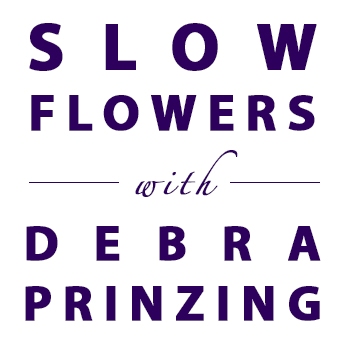 The Slow Flowers Podcast has been downloaded more than 177,000 times by listeners like you. THANK YOU to each one of you for downloading, listening, commenting and sharing. It means so much.
The Slow Flowers Podcast has been downloaded more than 177,000 times by listeners like you. THANK YOU to each one of you for downloading, listening, commenting and sharing. It means so much.
If you value the content you receive each week, I invite you to show your thanks and support the Slow Flowers Podcast with a donation — the button can be found on our home page in the right column. Your contributions will help make it possible to transcribe future episodes of the Podcast.
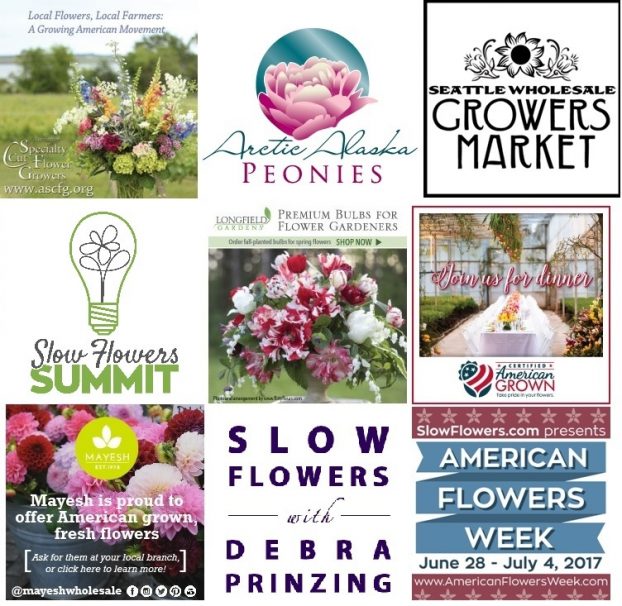 Thank you to our garden of Slow Flowers Sponsors
Thank you to our garden of Slow Flowers Sponsors
Arctic Alaska Peonies, a cooperative of 50 family farms in the heart of Alaska providing high quality, American Grown peony flowers during the months of July and August. Visit them today at arcticalaskapeonies.com
Seattle Wholesale Growers Market, a farmer-owned cooperative committed to providing the very best the Pacific Northwest has to offer in cut flowers, foliage and plants. The Growers Market’s mission is to foster a vibrant marketplace that sustains local flower farms and provides top-quality products and service to the local floral industry. Find them at seattlewholesalegrowersmarket.com
Longfield Gardens provides home gardeners with high quality flower bulbs and perennials. Their online store offers plants for every region and every season, from tulips and daffodils to dahlias, caladiums and amaryllis. Visit them at lfgardens.com.
Association of Specialty Cut Flower Growers. Formed in 1988, ASCFG was created to educate, unite, and support commercial cut flower growers. It mission is to help growers produce high-quality floral material, and to foster and promote the local availability of that product. Learn more at ascfg.org
I’m Debra Prinzing, host and producer of the Slow Flowers Podcast. Next week, you’re invited to join me in putting more American grown flowers on the table, one vase at a time. And If you like what you hear, please consider logging onto Itunes and posting a listener review.
The content and opinions expressed here are either mine alone or those of my guests alone, independent of any podcast sponsor or other person, company or organization.
The Slow Flowers Podcast is engineered and edited by Andrew Brenlan. Learn more about his work at KineticTreeFitness.com.









